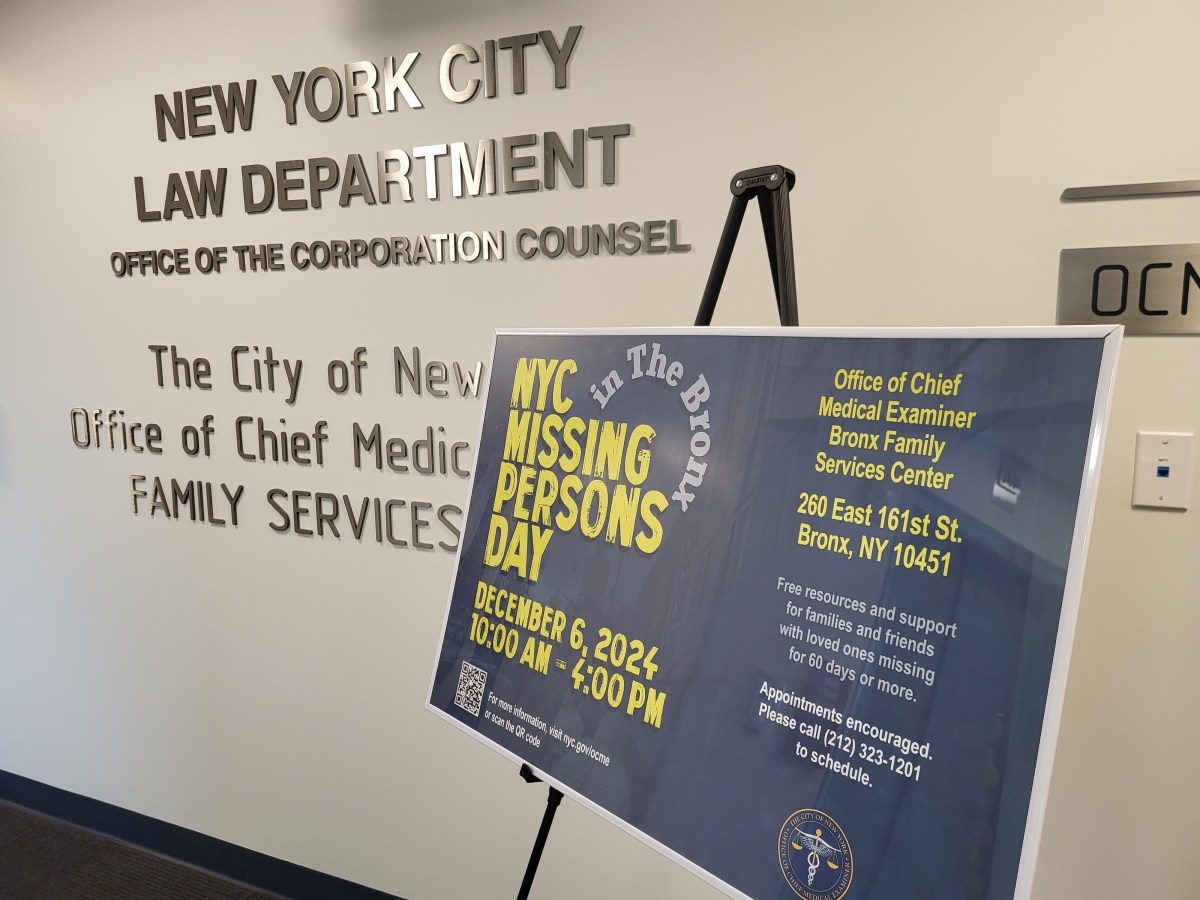Investigators have some tough but urgent questions to answer after the horrific Metro-North derailment in the Bronx yesterday that left at least four people dead and scores of riders injured. The catastrophe on the Hudson line near Spuyten Duyvil was just the latest in a troubling series of accidents for Metro-North this year.
Question 1: Does the railroad have a systemic problem?
Yesterday’s disaster could have been caused by operator error, the train’s speed, equipment failure or a faulty track condition, authorities say. It certainly looks like the train didn’t slow down enough to handle the dangerous curve.
But the images of the splayed cars demand that the age of the railroad’s infrastructure around Spuyten Duyvil gets a close look, too. For one thing, the derailment happened just 1,800 feet before the spot where a CSX garbage train jumped the tracks in July. That accident threw commuter traffic into a snarl for days.
Meanwhile, a Metro-North derailment in Bridgeport, Conn., in May injured 76 people. Failure of a high-voltage Con Edison cable stopped service for days in September on eight miles of track in Westchester. And in the Thanksgiving rush, amid a wind and rain storm last week, Metro-North lost electrical power to switches near South Norwalk, causing interminable delays and disruption.
Question 2: Does the region have a systemic problem?
Metro-North isn’t alone. The Long Island Rail Road this year has reported two derailments — one in June in an East River tunnel and the other in March west of Jamaica. The city’s subways also have seen two derailments in a year — one in Harlem last May on the No. 1 line and the other under Central Park West when an A train lost a wheel.
The NTSB and U.S. Department of Transportation must do a survey of rail infrastructure throughout the metropolitan region. We’re paying an awful price in human terms for continuing disasters, and we’re suffering economic losses every time there’s a problem. We need to modernize the commuter rail system in this heavily traveled corridor that moves ten of thousands of riders daily.
The MTA must answer for yesterday and for tomorrow.



































